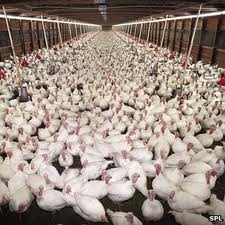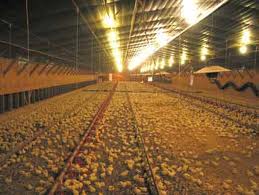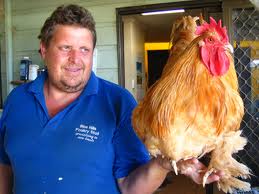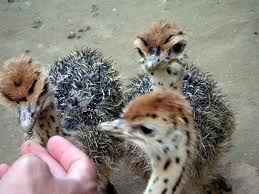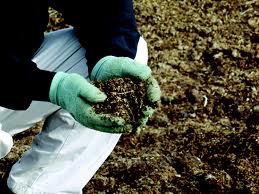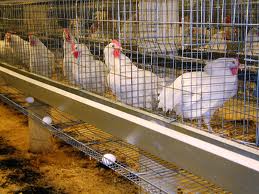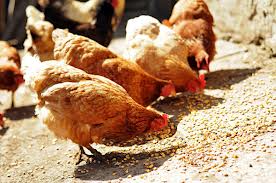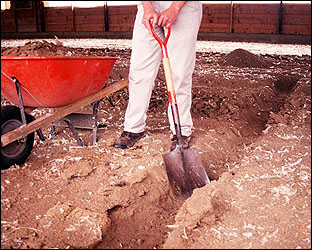Raising of Turkeys Turkeys are not popular in ASIA. Its cause may be ignorance about their nutritive value or disliking for their eggs and meat. In Western countries mini (smaller size) turkeys which are finished around 12-13 weeks weighing 4.7 kg and midi (medium size) turkeys, finished around 15-16 weeks weighing 6-7 kg are becoming popular nowadays. Like broiler, smaller …
Read More »Articles
A Guide To Brooding Chicks ,Rearing Of Baby Chicks
CARE AND MANAGEMENT OF CHICKS This is also known as brooding management. In case of layer birds, rearing chicks from day-old age to 7-8 weeks are usually reared in brooder houses and then transferred to grower houses, whereas in case of broilers even after 3 weeks of brooding, they are reared in the same house by increasing space and other …
Read More »Overview of Poultry Industry in Australia
The Australian Poultry Industry offers its services to the market with only a few products. Although the land mass of the country is similar to that of the United States of America, still the poultry products that are exported are quite minor. One major reason for this can be linked to the rainfall that area experiences. The current poultry population …
Read More »Brooding And Rearing Of Ostrich Chicks,Poultry Management Guide
Brooding and Rearing The brooding period is a very critical time and can be a time of high mortality, if proper management is not used. The brooding arrangement must protect chicks from predators and inclement weather . The arrangement should be sanitary, dry and well-ventilated. The floor pen must be rough enough to provide firm footing for the chicks. Not to cover …
Read More »The Significance and use of poultry manure as a fertilizer
The use of Poultry manure fertilizer is becoming a common practice (especially Chicken manure as fertilizer) with many farmers throughout the world as this matter content has in store various nutritional elements for various fields or crops. These nutritional elements are very effective in increasing the productivity and rapid growth of farms e.g. farms that produce vegetables. What manure basically …
Read More »Poultry by Product meal-Food for Pets
Poultry/Chicken by product meal is a highly protein component which is manly used in pets food.it has many components in it such as bones,undeveloped eggs and other poultry wastage. Poultry meal and poultry by product meal is mainly used in preparation of dog food in many western countries. Technique for Preparation of Hatchery Byproduct Meal The main aim during processing …
Read More »Poultry Layer Management,A Guide To Optimal Egg Production
MANAGEMENT OF LAYERS Maximum hen-housed egg production with fair egg size, feed efficiency and minimum mortality are the prime goals of layer farming. Beside good genetic make up of bird, management during laying plays an important role to achieve the above-mentioned targets in egg production. Following are the vital aspects of efficient layer management: Segregation and Transfer of Pullets Ready to …
Read More »BREEDING OF POULTRY
Genetic composition is a major factor which governs the productive performance in variousaspects of livestock. About 80 per cent performance of poultry is dependent on genecomponents and 20 per cent on environment component in exploiting genetic potential to itsmaximum possible extent. Basically if birds are of poor genetic make-up, whatever may bethe highly scientific management conditions prevail, they may not …
Read More »Feed and Nutrition Guide for Laying and Breeding Hens
Getting Started When the question arises about what to feed chickens or about the raising of chicken hens, then there are a number of points to consider. Poultry nutrition and feeds are made in order to fulfill the needs of the chickens in a more effective manner and also for the sake of increased egg production. There are a number …
Read More »Deep Litter Method and Litter Management Guide
The nutrition value of poultry is best preserved through the proper and careful management of litter. Furthermore, it is also useful for preventing the surface and the surrounding areas from being contaminated. The importance of all types of litter management including chicken deep litter method, chicken coop deep litter method etc. is best understood in the farm house settings. So, …
Read More »